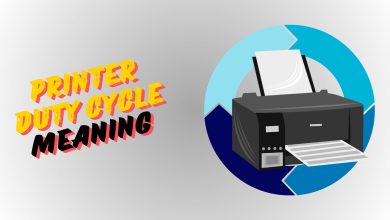6 Easy Fixes for Dimmable LED Flash & Why it Happens
Creating the right ambiance is essential for enhancing your space. Whether you prefer a cozy, warm vibe or a more energetic atmosphere, choosing the right LED color temperature can make all the difference.
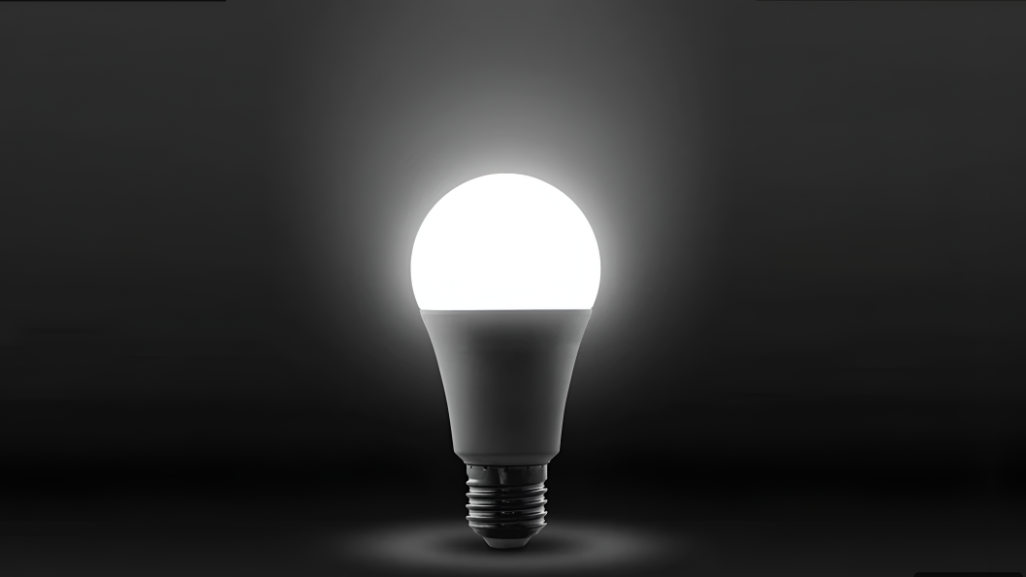
Smart technology lets you easily switch between different moods by adjusting the brightness and color of a single LED bulb. But despite their efficiency and versatility, LED lights can sometimes flicker or flash.
A flickering LED can be uncomfortable and straining on your eyes, but it doesn’t always mean there’s a permanent fault. By understanding how dimmable LEDs work and learning the common causes of flickering, you can fix the issue and restore optimal performance to your lighting.
How Dimmable LEDS Work
Simply put, dimmable LED lights use special LED drivers, dimming circuits, and light bulbs designed to adjust the amount of power flowing through the LED. The dimmer switch lets you easily control how bright or dim your light is, depending on what you need.
When you turn the dimmer down, it tells the driver to let less current pass through, so the bulb emits less light, creating a softer glow. Turning the switch up increases the current and makes the bulb shine brighter, perfect for tasks that need more light.
It’s important to remember that not all dimmable LEDs work the same way. Some need a specific LED dimmer switch, while others don’t work properly unless connected to an LED light with a built-in controller.
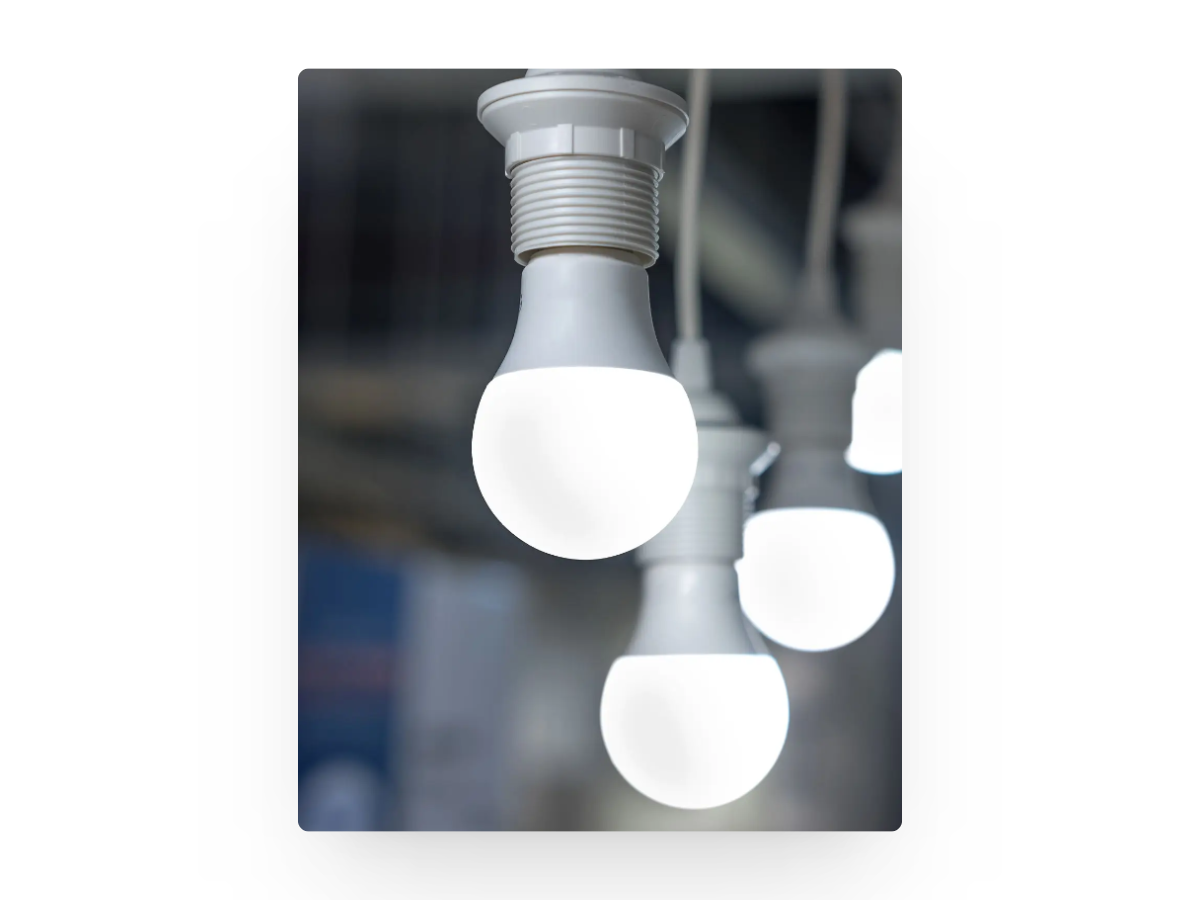
How to Fix Dimmable LED Lights Flashing
If you notice your LED light flickering or flashing, it often points to a manufacturing fault. Low-quality internal components or faulty drivers can cause the light to flash, especially under a heavy load. That’s why it’s always best to invest in high-quality LED bulbs that are designed to perform well at different temperatures and in various settings.
But that’s not the only reason LEDs may flicker. There are other possible causes, each with its own solution, that can help you restore your LED lights to perfect working order.
1. Ensure Compatibility Between LED Lights and Dimmers
Compatibility is key when it comes to avoiding problems with your LED lighting—just like it is in any good partnership!
A dimmer switch contains a dimmer module that regulates the flow of electricity, which determines how bright your LED bulb will be. For everything to work properly, your dimmer and LED bulbs must be compatible.
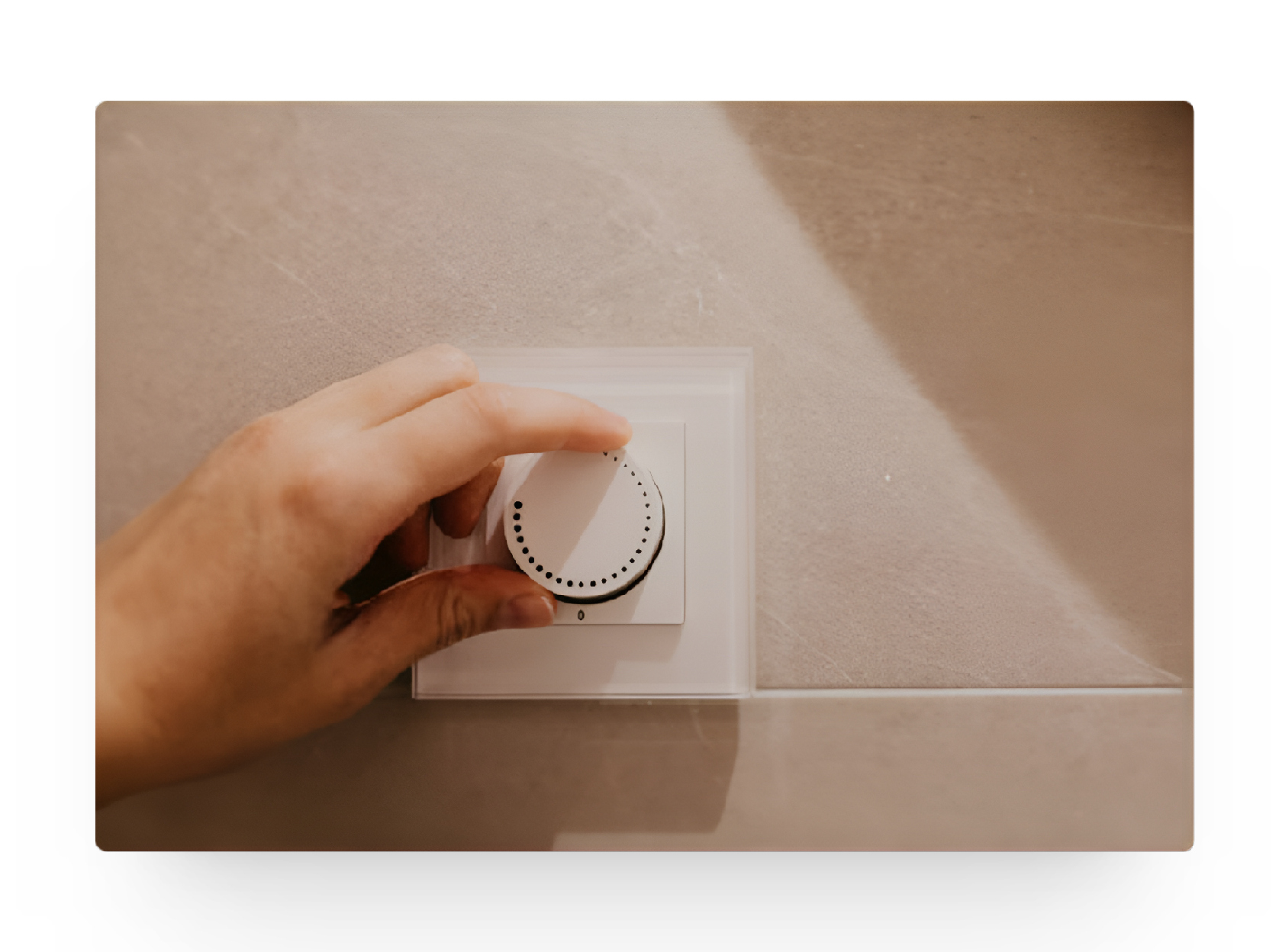
Using old dimmers designed for incandescent bulbs won’t work well with modern LED bulbs. That’s because these older dimmers can’t handle the lower power requirements needed by LEDs.
Always check that the dimmer switch you buy is specifically made for use with LED lights. This helps prevent issues like flashing or flickering when you adjust the brightness.
2. Loose Electrical Connections
As your home’s wiring gets older, it might become loose or bent from regular use. Faulty wiring between the bulb, fixture, or the LED dimmer switch can interrupt the electrical flow, leading to flickering or flashing lights.
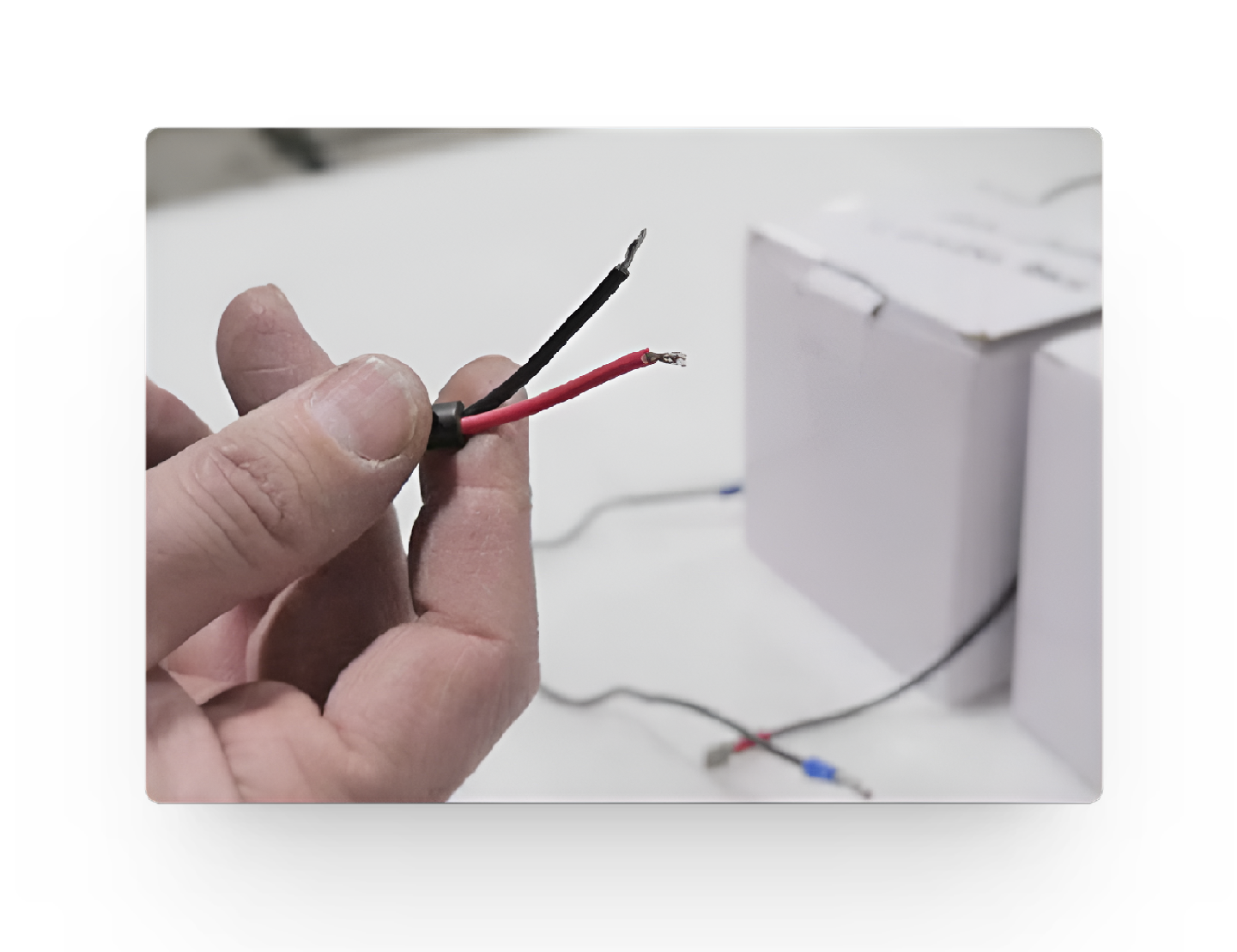
If this is the case, some wires might just need to be tightened, while others may need to be replaced. If you’re comfortable working with electrical wiring, you can check for loose connections yourself. Otherwise, it’s best to contact a certified electrician to safely diagnose and fix the issue. This will resolve the problem and ensure your connections are reliable and safe.
3. Replace Non-Dimmable LED Lights or Supplies
LED lights are labeled as either dimmable or non-dimmable. If you use a non-dimmable LED bulb with a dimmable switch, the bulb will flash because it can’t work with the dimmer’s changing power levels.
This constant flickering puts extra strain on the internal components of the LED, can make it less efficient, and might even cause it to fail. If this is happening, simply replace your bulb with one that is labeled as dimmable.
Likewise, using non-dimmable LED supplies such as a non-dimmable driver along with a dimmer can also cause flickering issues. Since drivers manage the power to the LED, a non-dimmable driver won’t be able to handle the changing current from the dimmer, which leads to flashing or unstable brightness.
To avoid this, make sure to pair your dimmer with both dimmable LED bulbs and dimmable drivers. You can find this information on the packaging or by checking with the manufacturer.
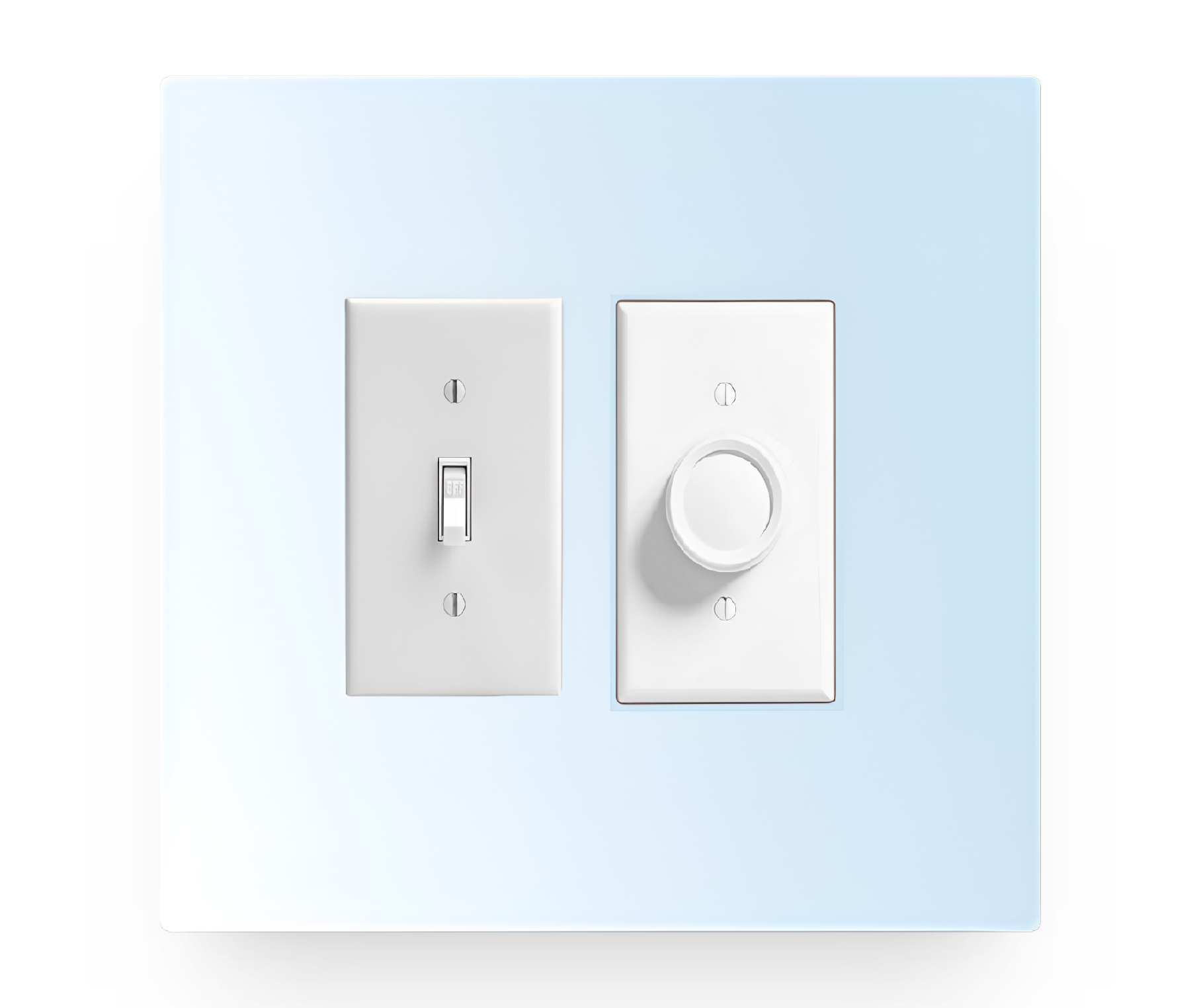
4. Underloaded/Overloaded or Faulty LED Dimmers
LED dimmer switches need a certain minimum load (wattage) to work correctly. If your total wattage is below this minimum load requirement, the system is underloaded and your lights may flicker or change brightness unpredictably. You can use a wattage meter to check the total power your LEDs are using.
On the other hand, if the dimmer is overloaded—meaning the total wattage is higher than the maximum load capacity—it can’t handle the excessive heat and power. This may cause your LEDs to overheat, behave strangely, or even shorten their lifespan.
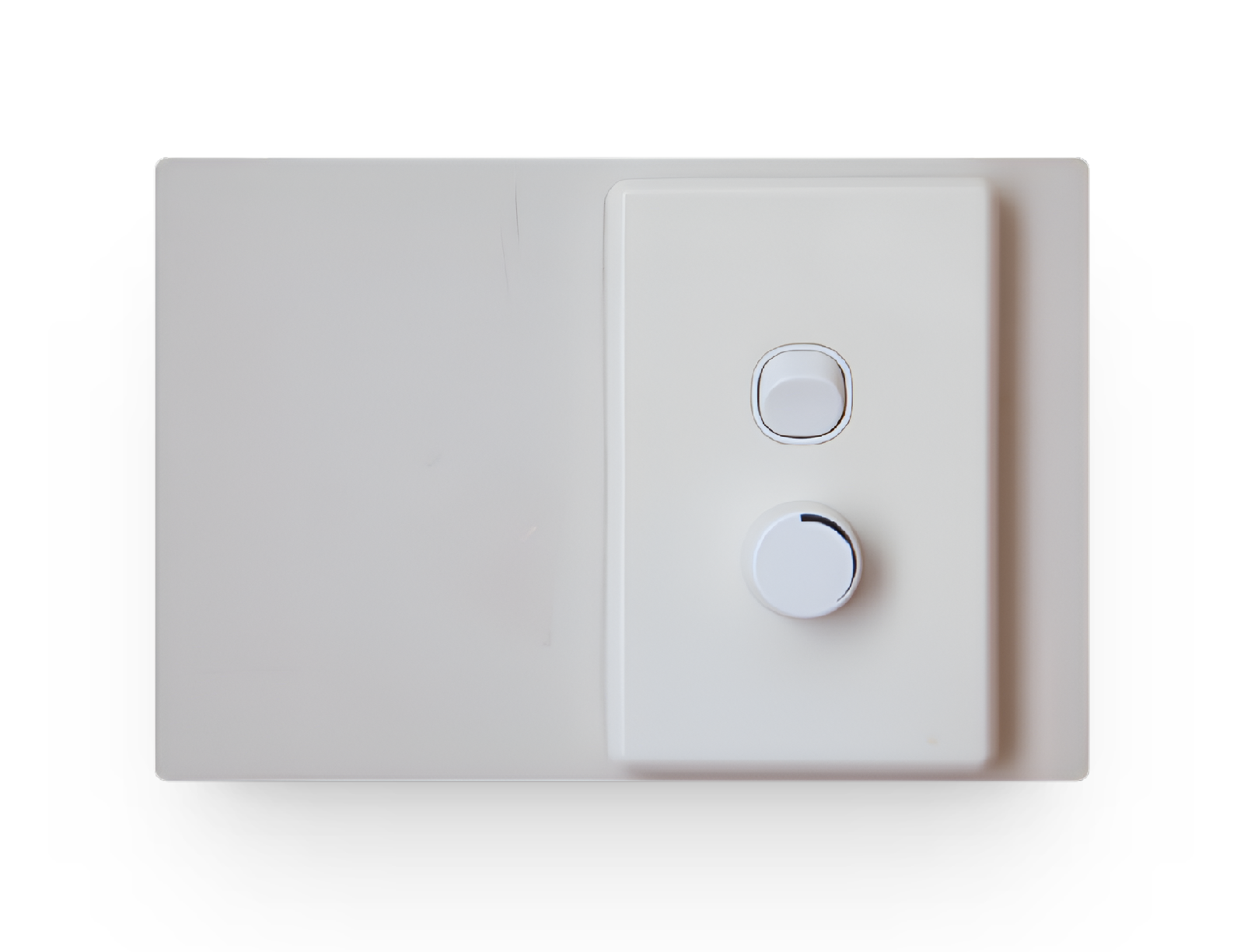
Another possible issue is a faulty dimmer switch. Dimmer switches can fail because of manufacturing defects, improper installation, or simply due to aging. A damaged dimmer can’t properly regulate power, which leads to more flashing or flickering.
To fix issues with LED dimmers, make sure the total wattage of all your LED lights falls within the acceptable range for your dimmer. You can add or remove bulbs, or swap your dimmer switch for one that can handle the electrical load. If your dimmer feels hot or is very old, consider replacing it with a new one.
5. Voltage Fluctuations
If you live in an area with an unstable power supply, voltage fluctuations could be the reason your dimmable LED bulbs keep flashing. Sometimes, extreme weather or electrical storms can cause changes in the voltage, which can affect your LEDs and other electronics as well.
One way to protect your LED lights from voltage changes is by installing a surge protector or voltage stabilizer in your home. These devices will help keep a steady voltage, protecting your LEDs and other electrical appliances.
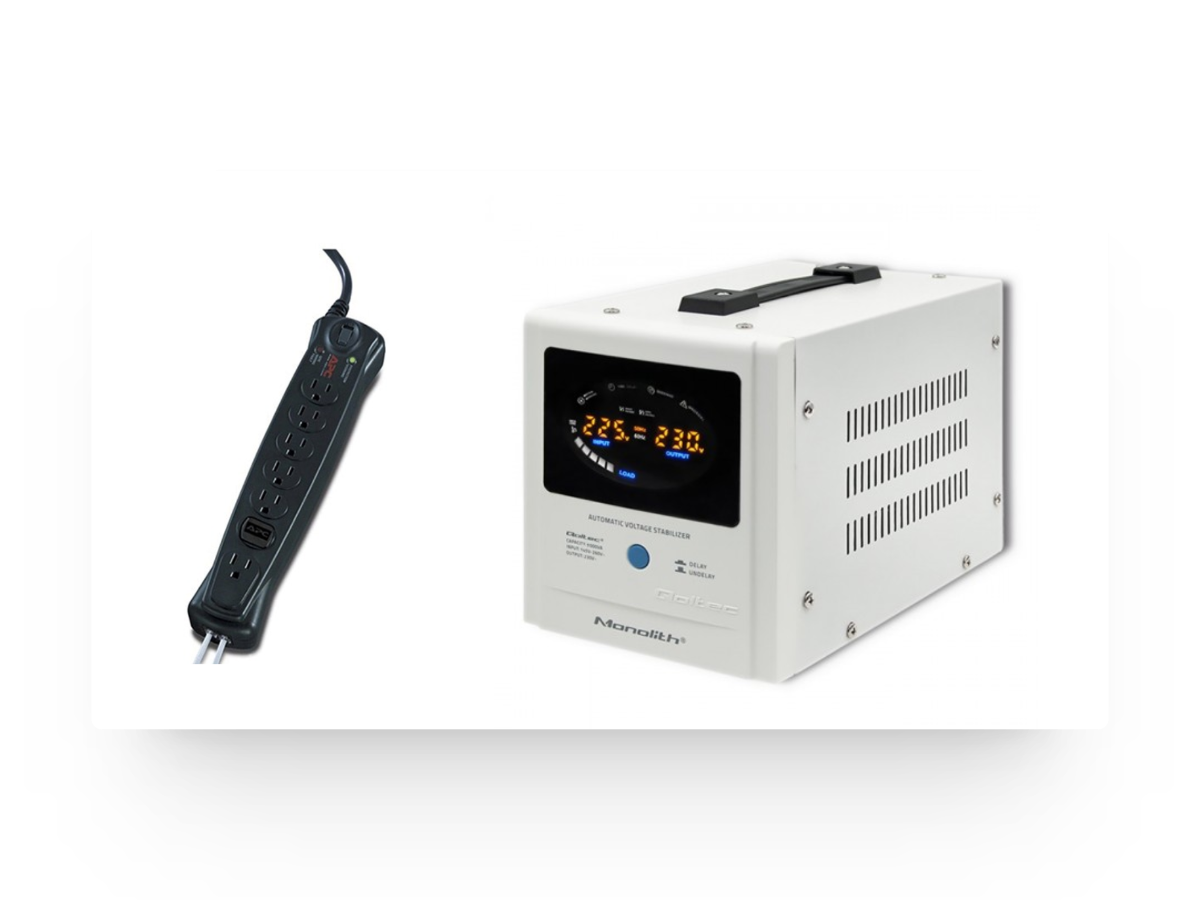
Also, some high-voltage appliances like air conditioners may draw a lot of power when they start up, which can drop the voltage available for your LED lights. Since LEDs use very little energy to begin with, this can make them flicker even more.
The best solution here may be to install dedicated circuits for large appliances so that they don’t affect your lighting. Ask your electrician to help you set up these circuits if you’re not sure how to do it yourself.
6. Clean Dirty Sockets
Dirt, dust, or corrosion can collect inside your light sockets and disrupt the electrical connection to your LED bulbs. This build-up can lead to unexpected flickering or flashing.
Regular cleaning can help prevent this. If you haven’t cleaned your sockets in a while, now is a great time to do a quick check.
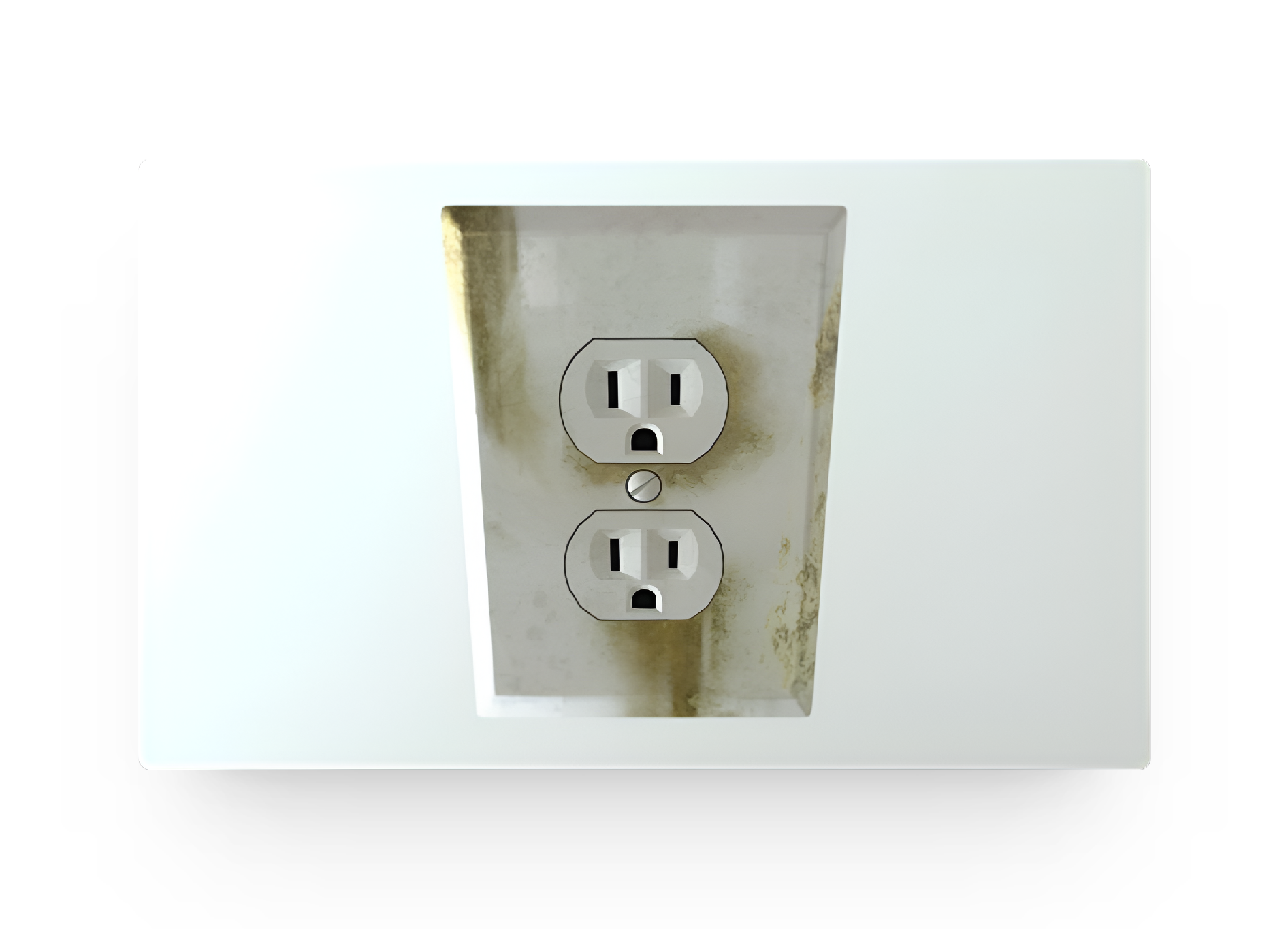
To clean, first make sure that the power to the light socket is turned off, and disconnect your dimmable LED bulb. Use a soft cloth or brush to gently clean the inside of the socket. When you’re done, ensure that the socket is completely dry before reconnecting your bulb. This simple step can often fix flickering or flashing.
 Reviewed by
Reviewed by 


